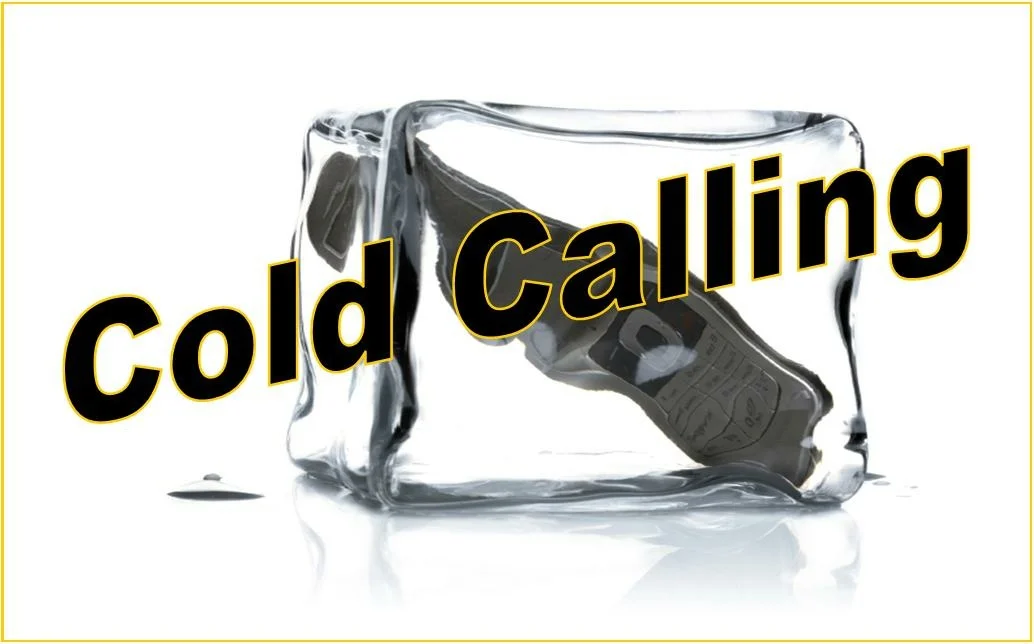How Does Cold Calling Work?

How Does Cold Calling Work?
Cold calling is a sales technique used by businesses to initiate contact with potential customers who have not expressed any prior interest in their products or services. It involves reaching out to individuals or businesses via phone calls without any prior interaction or relationship.
Cold calling typically follows a set of steps designed to engage the prospect, create interest in the product or service, and ultimately, convert the prospect into a customer. Understanding how cold calling works can be beneficial for businesses looking to expand their customer base and increase sales.
Identifying Prospects
The first step in cold calling is to identify potential prospects who may be interested in the product or service being offered. This often involves researching target markets, industries, or demographics to create a list of leads. Businesses may use various methods to generate leads, including purchasing contact lists, utilizing social media platforms, or networking events.
Initial Contact
Once a list of potential prospects is compiled, the next step is to initiate the cold call. During the initial contact, the sales representative introduces themselves and their company, briefly explains the purpose of the call, and engages the prospect in conversation. It’s essential to establish rapport and build trust from the outset to increase the likelihood of a positive outcome.
Presenting the Offer
After establishing a connection with the prospect, the sales representative presents the offer, highlighting the features and benefits of the product or service. It’s crucial to tailor the presentation to address the prospect’s specific needs or pain points, demonstrating how the offering can solve their problems or enhance their business operations.
Handling Objections
During the cold call, the prospect may raise objections or concerns about the product or service. The sales representative should be prepared to address these objections effectively, providing relevant information or addressing any misconceptions. By overcoming objections, the sales representative can build credibility and reassure the prospect about the value of the offering.
Closing the Sale
The ultimate goal of cold calling is to convert the prospect into a customer. Once the presentation is made and objections are addressed, the sales representative seeks to close the sale by asking for a commitment or agreement from the prospect. This may involve scheduling a follow-up meeting, sending additional information, or finalizing the transaction over the phone.
Follow-Up
After the initial cold call, it’s essential to follow up with the prospect to nurture the relationship further. This may involve sending follow-up emails, making additional phone calls, or arranging in-person meetings. Consistent follow-up demonstrates commitment and persistence, increasing the likelihood of converting the prospect into a long-term customer.
In conclusion, cold calling is a proactive sales technique used by businesses to initiate contact with potential customers and generate sales opportunities. By following a structured approach and effectively engaging prospects, businesses can leverage cold calling to expand their customer base and drive revenue growth.




